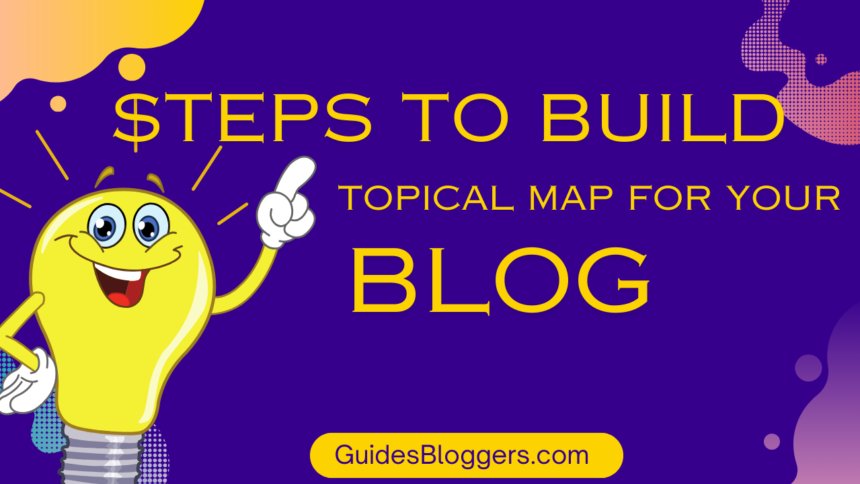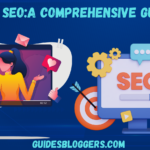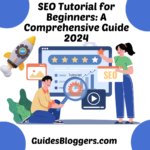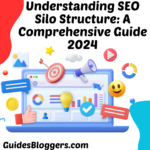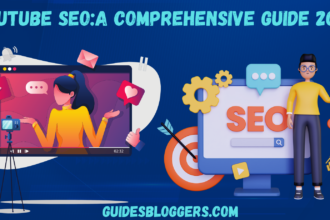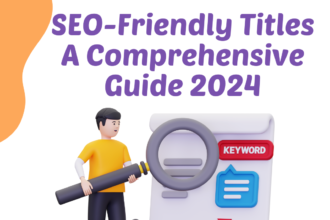What is Topical Mapping?
Topical mapping is a strategic approach to organizing the content on your blog. It involves creating a visual representation of the topics you plan to cover, allowing you to see the connections between different subjects and ensure that your content is focused and cohesive.
Steps to Build a Topical Map for Your Blog
1. Pick a Very Specific Niche
The first step in creating a topical map for your blog is to choose a very specific niche. Instead of trying to cover a broad range of topics, narrow your focus to a specific area of interest. This will help you establish yourself as an authority in that niche and attract a dedicated audience.
For example, if you have a food blog, instead of covering all types of recipes, you could specialize in vegan desserts or gluten-free baking. By narrowing your niche, you can create a more targeted topical map.
2. Research Topic
Once you have chosen your niche, it’s time to research your topic. Start by identifying the main themes and subtopics within your niche. Look for keywords and phrases that are frequently searched for and relevant to your audience.
Use tools like Google Trends, keyword research tools, and social media platforms to identify popular topics and trends. This research will help you understand what your audience is interested in and guide you in creating a comprehensive topical map.
3. Brainstorm First Set of Topics
With your research in hand, it’s time to start brainstorming the first set of topics for your topical map. Begin by listing the main themes or categories that will form the foundation of your blog. These could be broad topics that encompass several subtopics.
For example, if your niche is sustainable living, your main themes could be eco-friendly home, zero waste lifestyle, and ethical fashion. These themes will serve as the pillars of your topical map.
4. Eliminate
After brainstorming your initial set of topics, it’s important to evaluate and eliminate any topics that may not align with your overall vision for your blog. Consider the relevance, uniqueness, and potential interest of each topic.
Eliminate topics that are too similar or don’t fit well within your niche. Focus on quality over quantity, as having a clear and focused topical map will help you create valuable content that resonates with your audience.
5. Expand and Connect
Once you have narrowed down your topics, it’s time to expand and connect them. Look for subtopics and related ideas that can be linked to your main themes. This will help you create a comprehensive topical map that covers all aspects of your niche.
For example, if one of your main themes is eco-friendly home, you could have subtopics like energy-efficient appliances, sustainable home decor, and natural cleaning products. These subtopics will provide a roadmap for creating content that is relevant and valuable to your audience.
6. Visualize Your Topical Map
Now that you have a list of topics and their connections, it’s time to visualize your topical map. There are several tools and methods you can use to create a visual representation of your map.
You can use mind mapping software, whiteboards, or even pen and paper to draw your topical map. Start with your main themes and connect the subtopics using lines or arrows. This visual representation will help you see the structure of your content and identify any gaps or overlaps.
7. Update and Refine
Creating a topical map for your blog is an ongoing process. As you create and publish content, you may discover new topics or realize that certain topics are not resonating with your audience.
Regularly update and refine your topical map to reflect the evolving needs and interests of your audience. Stay up to date with industry trends and listen to feedback from your readers to ensure that your topical map remains relevant and valuable.
Conclusion
Creating a topical map for your blog is a valuable exercise that can help you stay focused, organized, and provide value to your audience. By following these steps and regularly updating your map, you can ensure that your content remains relevant and engaging.

